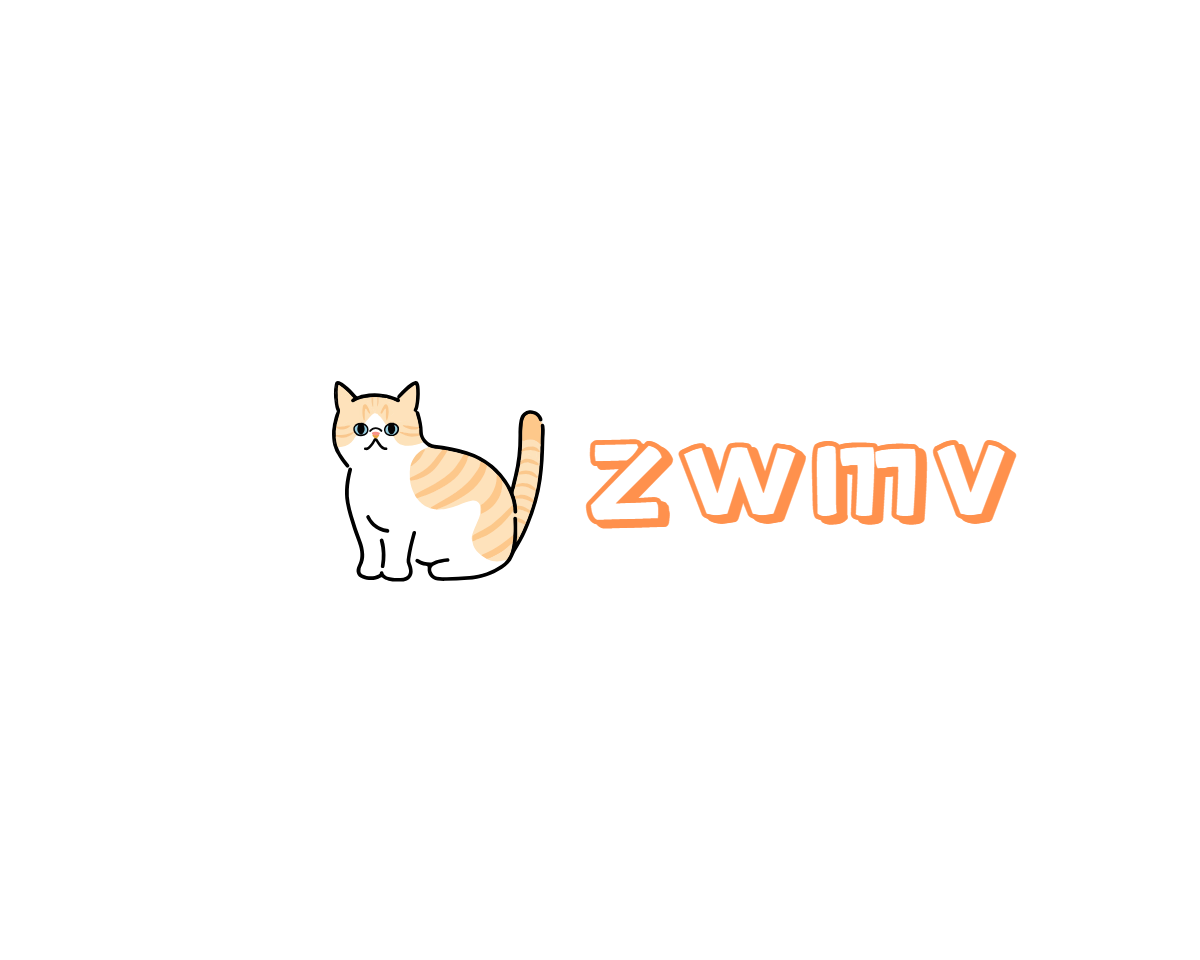For many pet owners, providing consistent and nutritious meals for their furry companions is one of the most important aspects of pet care. However, busy schedules, travel, and unpredictable routines can make it difficult to maintain regular feeding times. This is where automated food dispensers come in. These devices are revolutionizing the way we feed our pets, offering convenience, consistency, and improved nutrition management. In this article, we’ll explore the benefits of automated food dispensers, the latest innovations in pet feeding technology, and how these devices are shaping the future of pet care.
Convenience and Consistency: Feeding Pets on Time, Every Time
One of the primary advantages of automated food dispensers is the convenience they offer. Pet owners no longer need to worry about being home at specific times to feed their pets. Automated feeders are programmable, allowing owners to set specific feeding schedules that suit their pets’ needs. Whether it’s early in the morning, late at night, or during work hours, these feeders ensure that pets receive their meals on time, every time.
This consistency is crucial for pets, especially those with medical conditions that require regular feeding or specific dietary schedules. For example, pets with diabetes often need meals at consistent times to maintain their blood sugar levels. Automated feeders can help ensure that pets receive their food when they need it, reducing the risk of health complications associated with missed or delayed meals.
Portion Control: Managing Weight and Nutrition
Obesity is a growing problem for pets, and it can lead to a variety of health issues, including joint problems, diabetes, and cardiovascular disease. One of the key benefits of automated food dispensers is their ability to control portion sizes. By dispensing precise amounts of food at each meal, automated feeders help pet owners manage their pets’ weight and prevent overeating.
Many automated feeders come with integrated scales that measure the exact portion size, allowing pet owners to customize the amount of food dispensed based on their pet’s age, weight, and activity level. This level of control ensures that pets receive the right amount of food to maintain a healthy weight, reducing the risk of obesity-related health issues.
Tailored Nutrition: Smart Feeders with AI Capabilities
As technology advances, automated food dispensers are becoming more sophisticated, with some devices incorporating artificial intelligence (AI) to provide tailored nutrition plans for pets. These smart feeders can analyze data from wearable health trackers, such as activity levels and weight, to adjust feeding schedules and portion sizes automatically. By using AI to create personalized feeding plans, these devices help ensure that pets receive the right balance of nutrients based on their individual needs.
For example, if a smart feeder detects that a pet has been less active than usual, it may adjust the portion size to prevent weight gain. On the other hand, if the pet has been particularly active, the feeder may increase the portion size to provide additional energy. This dynamic approach to feeding helps maintain optimal health and prevents common issues such as obesity or malnutrition.
Automatic Treat Dispensers: Reinforcing Positive Behavior
In addition to automated food dispensers, there are also automatic treat dispensers that can be used for training and reinforcing positive behavior. These devices allow pet owners to reward their pets for good behavior even when they’re not at home. For example, some treat dispensers are equipped with cameras and two-way audio, allowing owners to see their pets, talk to them, and dispense treats remotely.
Automatic treat dispensers are particularly useful for training purposes, as they can be used to reinforce desired behaviors, such as using a litter box or staying off furniture. By providing positive reinforcement, these devices help pets learn and maintain good habits, making them an excellent addition to any pet owner’s toolkit.
Managing Multiple Pets: Customizable Feeding Solutions
For households with multiple pets, feeding time can be a challenge. Automated food dispensers offer customizable solutions that make it easier to manage feeding for multiple pets. Some advanced feeders come with features that allow pet owners to set different feeding schedules and portion sizes for each pet, ensuring that every animal gets the right amount of food based on their individual needs.
There are also automated feeders equipped with RFID technology that can recognize specific pets and dispense food accordingly. This is particularly useful in multi-pet households where one pet may have special dietary needs or where one pet tends to eat more than their fair share. By using RFID tags attached to each pet’s collar, the feeder can identify which pet is approaching and dispense the appropriate amount of food. This technology helps prevent food theft between pets and ensures that each animal receives the nutrition they need.
Remote Monitoring and Control: Feeding Pets from Anywhere
Modern automated food dispensers often come with smartphone apps that allow pet owners to monitor and control feeding schedules remotely. This means that even if you’re at work, on vacation, or stuck in traffic, you can ensure that your pet is fed on time. The ability to control feeding remotely also allows pet owners to make adjustments to feeding schedules as needed, such as delaying a meal or adding an extra feeding if plans change.
Many smart feeders also provide real-time notifications, alerting pet owners when their pet has been fed or if there is a problem, such as a low food supply. This level of connectivity offers peace of mind, knowing that pets are being cared for even when their owners are not physically present.
Freshness and Food Quality: Preserving Nutrients
Another important aspect of automated food dispensers is their ability to keep food fresh. Many automated feeders are designed with airtight containers that help preserve the freshness of the food, preventing it from becoming stale or losing its nutritional value. This is especially important for dry kibble, which can lose its flavor and nutrients if exposed to air for too long.
By keeping the food sealed until it’s dispensed, automated feeders help ensure that pets receive fresh, high-quality meals every time. Some feeders even have built-in desiccant packs that absorb moisture, further preserving the food’s quality and preventing spoilage.
Feeding Special Diets: Accommodating Unique Needs
Some pets require special diets due to medical conditions, allergies, or age-related needs. Automated food dispensers can be programmed to accommodate these special diets, making it easier for pet owners to manage their pets’ unique nutritional requirements. Whether it’s a prescription diet for a pet with kidney disease or a hypoallergenic diet for a pet with food sensitivities, automated feeders provide a convenient way to ensure that pets receive the right food without the risk of human error.
For pets that require multiple types of food, such as a mix of wet and dry food, some advanced feeders offer dual compartments that can store and dispense both types of food. This flexibility makes it easier for pet owners to provide a varied diet that meets their pets’ nutritional needs.
Automated Feeders for Livestock and Outdoor Pets
While automated food dispensers are commonly associated with cats and dogs, they are also being used to feed livestock and outdoor pets. Automated feeders for livestock, such as chickens or goats, help farmers maintain consistent feeding schedules, which is essential for optimal growth and production. These feeders can be programmed to dispense feed at specific times, reducing the need for manual labor and ensuring that animals receive consistent nutrition.
For outdoor pets, such as barn cats or backyard chickens, automated feeders provide a convenient way to ensure that they are fed even when their owners are not around. These feeders are often designed to be weather-resistant, making them suitable for use in outdoor environments.
The Future of Pet Feeding: Innovations on the Horizon
As technology continues to advance, the future of pet feeding looks promising. We can expect to see even more sophisticated automated feeders that incorporate advanced AI algorithms, machine learning, and smart home integration. These innovations will further enhance the ability of automated feeders to provide personalized nutrition and care for pets.
Imagine a feeder that not only dispenses food but also communicates with other smart devices in your home. For example, it could work with a smart pet door to determine if your pet has gone outside for exercise before adjusting their meal portion accordingly. Or it could integrate with a health monitoring system to detect changes in your pet’s weight or activity level and adjust their feeding plan in real-time.
The future of pet feeding is all about personalization, convenience, and ensuring that pets receive the best possible care. Automated food dispensers are already making a significant impact on pet care, and as technology continues to evolve, they will play an even bigger role in helping pets live healthier, happier lives.








